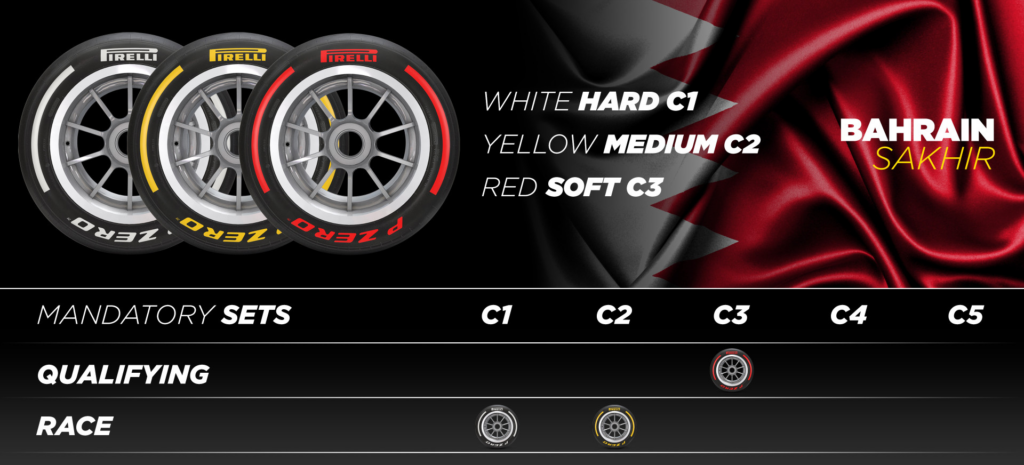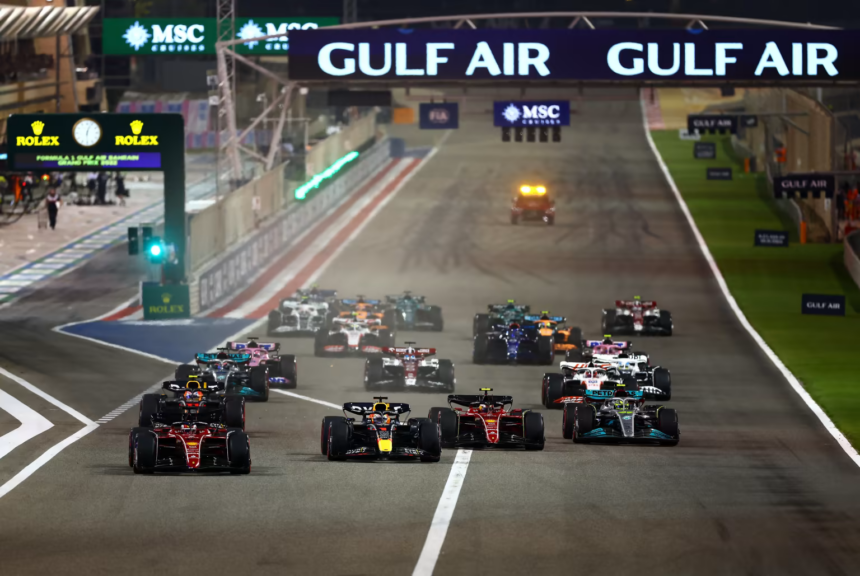As Formula One’s 2024 inaugural race in Bahrain closes, the buzz isn’t just about who’s got the fastest car or the most charismatic driver. Oh no, there’s a lot riding on something much more… rubbery. Yes, we’re talking about tires – those circular, black things that seem so simple, yet hold the power to make or break a race. With Soft, Medium, and Hard compounds in play, let’s “deflate” some of the mystery surrounding F1 tires and applied racing strategies.
A Brief History of F1 Tire Compounds
Story time, folks. Bear with me…. Once upon a time in the world of F1, tire choices were about as complex as choosing between tea or coffee. There were multiple tire providers — Michelin, Continental, Goodyear, Bridgestone, Firestone — each touting their owns compositions, prowess, and performance expectations. It was confusing… it was expensive… and results varied per racing season, per team, per driver. In recent years, the sport evolved alongside the tire technology strategies. One provider, Pirelli, is the exclusive dealer for all F1 teams.
Enter the era of tire compounds: a decision-making puzzle that adds layers of strategy to every race. Think of it as choosing your day’s footwear: heels, boots, or sneakers; formal, casual, or mixed purpose. Each has its occasion and purpose. Well, in F1, it’s no different.

Soft, Medium, Hard: The Trio Explained
Soft Tires: The divas of the tire world. They’re like high heels – fabulous for a short stint, offering maximum grip (read: danceability), but wear out quickly. Soft tires are the go-to for qualifying laps and short, aggressive bursts during the race, giving drivers the edge they need to push the limits.
Medium Tires: The all-rounders. Picture a pair of comfy boots – reliable, offering a balance between performance and durability. Medium tires are the middle ground, providing a decent grip with a longer lifespan than their softer counterparts, perfect for a variety of strategies.
Hard Tires: The marathon runners. These are your sneakers – not as flashy or fast as the others but will keep you going for ages. Hard tires sacrifice some grip for longevity, making them ideal for long stints and reducing the need for pit stops.
Each tire has its stage to shine:
- Soft Tires shine in the limelight but bow out early. They offer thrilling speed at the cost of frequent pit stops. These guys are FAST.
- Medium Tires are the dependable middle child. They balance performance with endurance — the best of both worlds.
- Hard Tires are the unsung heroes, often overlooked but pivotal in long-haul success. Think long out-laps, but not as much Soft and Medium’s flash-n-flare.
Strategizing with Rubber
It’s a funny header, I know, yet all too true. Why all the fuss about tire choices? Because in F1, it’s all about timing and adaptation. Choosing the right tire at the right time can be the difference between sipping champagne on the podium and explaining to your team why you’re bringing the car back with less rubber than it started with. It’s a high-speed game of rock-paper-scissors where weather, track conditions, and race dynamics dictate the best choice.

Why Tire Strategy is Pivotal
F1 isn’t just a test of speed; it’s a battle of wits. Teams crunch data, predict weather patterns, and even play mind games — all in the name of tire strategy. Choosing when to pit for a fresh set of tires, deciding which compound to use, and adapting to the race’s ebb and flow can turn an underdog into a dark horse. Oh yeah… there’s one additional wrinkle: each F1 team has a limited number of tires (per compound) per race.
Does the car stay on-track longer but drive slower? Do we focus on speed and time but pit more? How is the track temperature and car speed impacting position? These are just a few considerations that tire management plays in overall strategy.
t/f Summary: What’s Next
As we gear up for the remainder of 2024 season, tire strategies remain a cornerstone of race planning. With teams constantly pushing the envelope in car configuration and technology, we might just see some innovative approaches to tire management. Will someone take a gamble on an unconventional strategy that turns the tides in Monaco? Monza? Las Vegas? Only time (and race conditions) will tell.
But one thing’s for sure – as the lights go out and the engines roar, keep YOUR eyes on those pivotal pieces of rubber. After all, in the high-octane world of Formula One, it’s not just about who has the fastest car; it’s about who’s got the smartest strategy… at the wheels.


